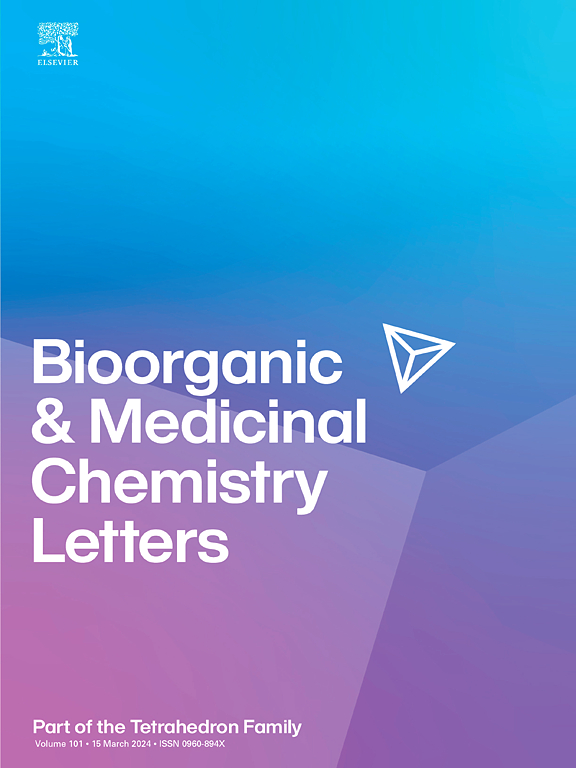Redox-responsive ferulic acid-biotin conjugate: Design, synthesis, and enhanced anticancer efficacy
IF 2.5
4区 医学
Q3 CHEMISTRY, MEDICINAL
引用次数: 0
Abstract
In this study, ferulic acid (FA) was conjugated with biotin via a disulfide bond to improve its anticancer activity. The resulting conjugate (FA-SS-Bio) was characterized by proton nuclear magnetic resonance (1H NMR) and exhibited an amorphous structure, in contrast to the crystalline nature of FA. FA-SS-Bio demonstrated accelerated drug release under reductive and oxidative conditions. Biotinylation significantly increased cell uptake of the drug in biotin receptor (BR)-positive HeLa and MCF-7 cells, as confirmed by cellular uptake studies and molecular docking, which revealed strong biotin-BR interactions. Additionally, the cytotoxicity of FA-SS-Bio was significantly improved, with IC50 values that were 2.94-fold and 2.95-fold lower than those of free FA against HeLa and MCF-7 cells, respectively. BR blockade with biotin reduced FA-SS-Bio cytotoxicity in a concentration-dependent manner, confirming biotin-mediated targeting. Apoptosis assays showed enhanced FA-induced apoptosis due to biotin and disulfide bonds. FA-SS-Bio demonstrated excellent blood compatibility, with a hemolysis rate below 0.5 %, compared to ∼1.5 % for FA. Additionally, FA-SS-Bio exhibited higher cell viability in MCF-10 A cells than in cancer cells, highlighting its favorable safety profile. These findings provide a novel perspective on the design of prodrug conjugates for improved cancer therapy.

氧化还原反应阿魏酸-生物素缀合物:设计、合成和增强抗癌功效
在本研究中,阿魏酸(FA)通过二硫键与生物素偶联以提高其抗癌活性。所得的共轭物(FA- ss - bio)通过质子核磁共振(1H NMR)进行了表征,显示出非晶结构,与FA的结晶性质形成对比。FA-SS-Bio在还原和氧化条件下表现出加速药物释放。生物素化显著增加了生物素受体(BR)阳性的HeLa和MCF-7细胞对药物的摄取,细胞摄取研究和分子对接证实了这一点,这表明生物素-BR之间存在很强的相互作用。FA- ss - bio对HeLa和MCF-7细胞的IC50值分别比游离FA低2.94和2.95倍,显著提高了细胞毒性。生物素阻断BR以浓度依赖的方式降低FA-SS-Bio细胞毒性,证实了生物素介导的靶向性。细胞凋亡实验显示,由于生物素和二硫键,fa诱导的细胞凋亡增强。FA- ss - bio表现出优异的血液相容性,溶血率低于0.5%,而FA的溶血率为1.5%。此外,FA-SS-Bio在mcf - 10a细胞中比在癌细胞中表现出更高的细胞活力,突出了其良好的安全性。这些发现为前药偶联物的设计提供了一个新的视角,以改善癌症治疗。
本文章由计算机程序翻译,如有差异,请以英文原文为准。
求助全文
约1分钟内获得全文
求助全文
来源期刊
CiteScore
5.70
自引率
3.70%
发文量
463
审稿时长
27 days
期刊介绍:
Bioorganic & Medicinal Chemistry Letters presents preliminary experimental or theoretical research results of outstanding significance and timeliness on all aspects of science at the interface of chemistry and biology and on major advances in drug design and development. The journal publishes articles in the form of communications reporting experimental or theoretical results of special interest, and strives to provide maximum dissemination to a large, international audience.

 求助内容:
求助内容: 应助结果提醒方式:
应助结果提醒方式:


